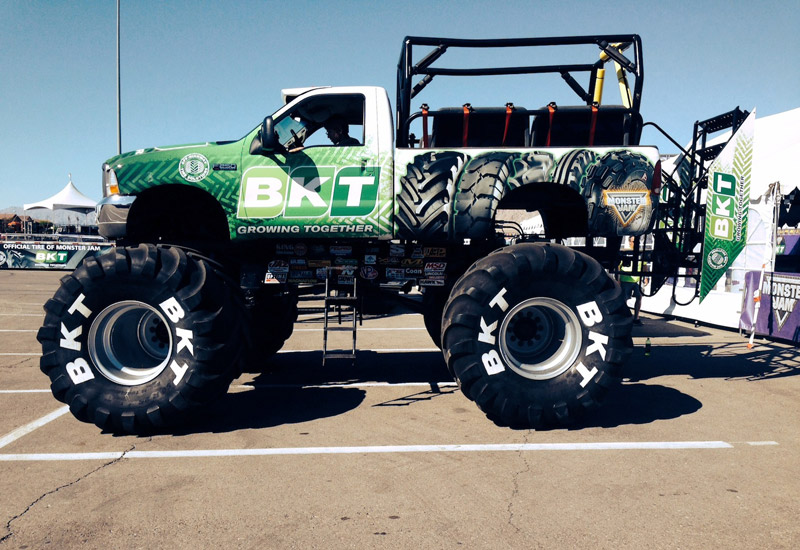Camso, formerly Camoplast Solideal, is introducing its newly Camso-branded products with a unified, intuitive naming sequence on its tyres across applications in the construction and industrial machine industry.
The new naming sequence is aimed at helping customers to select the right tyre for the right application by providing product details of the performance (top, core, or entry), surface conditions (soft, hard, mixed, or severe), tread pattern (R1, L5, L4, etc.) and product type (bias, radial, or solid).
“Tyre selection in our industry is more difficult than one would think. For us, helping dealers and end users understand tire selection is just as important as engineering a great tire,” said David Fleischhauer, executive director for the construction market development at Camso.
“We wanted to introduce subtle features to make selling and storing tires easier for our clients, so we developed a naming sequence to eliminate the complex equation a user must tackle to match their tyre with the machine they’re running and the job they need to accomplish.”
Since the launch of the Camso brand in July of 2015, the company has added a series of next generation skid-steer, telehandler and wheel loader tires to its construction line-up, and is now ramping up efforts to complete transitioning the rest of its construction portfolio by the end of 2016.
“It’s been almost a year since we began communicating the Camso brand in our commercial literature. This was a first step in building a strong, coherent brand identity for the company,” said Derek Bradeen, global director for brand and communications at Camso.
“It’s now time for all of our construction products to carry the Camso name – the most tangible way for end users to connect with the performance features of our products in the niches in which they work.”
Other simple design features that respond tyre usage and storage convenience includes: a tread wear indicator to prevent both premature tire replacement and failure and downtime from wear out.
The information is also printed directly onto the tread pattern to allow the tyres to be read while vertically stacked, and included both metric and imperial units on its products to better serve its global clients.



